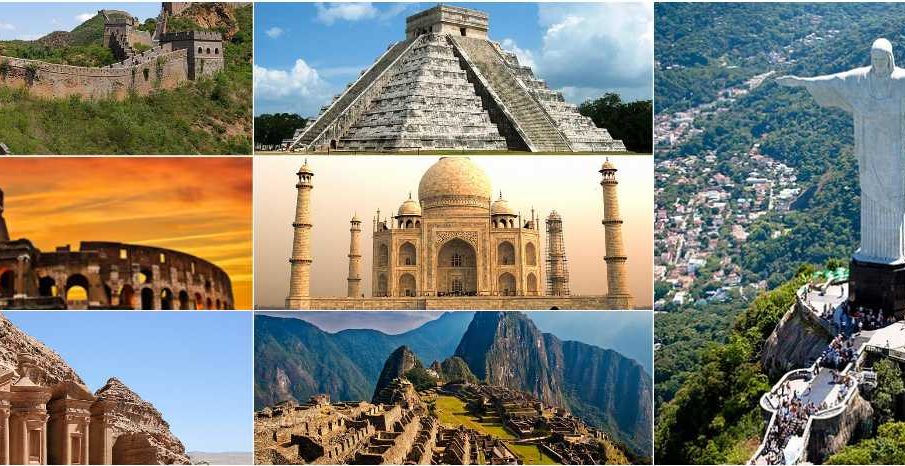Exploring the 7 Wonders of the World: A Historical Journey

The Significance of the 7 Wonders of the World
The 7 Wonders of the World represent humanity’s creativity and architectural genius, attracting millions of tourists each year while standing as testaments to our capability to create monumental structures. These wonders pique the curiosity of historians, architects, and casual travelers alike, offering insights into various cultures and civilizations.
List of the 7 Wonders
The classical list of the Seven Wonders includes the Great Pyramid of Giza, Hanging Gardens of Babylon, Statue of Zeus at Olympia, Temple of Artemis at Ephesus, Mausoleum at Halicarnassus, Colossus of Rhodes, and Lighthouse of Alexandria. Each of these sites has a rich history steeped in myth and marvel.
1. Great Pyramid of Giza
As the only surviving ancient wonder, the Great Pyramid of Giza in Egypt was built around 2580-2560 BC as a tomb for Pharaoh Khufu. This monumental structure remains a testament to the Egyptian civilization’s architectural prowess.
2. Hanging Gardens of Babylon
Located in present-day Iraq, the Hanging Gardens are said to be an extraordinary series of tiered gardens, although their existence has been debated by historians due to a lack of archaeological evidence.
3. Statue of Zeus at Olympia
The Greek sculptor Phidias crafted this giant statue in honour of the god Zeus around 435 BC. It was made of ivory and gold-plated bronze, standing approximately 12 metres tall.
4. Temple of Artemis at Ephesus
This temple, dedicated to the goddess Artemis, was built around 550 BC in modern-day Turkey. It was known for its grand architecture and immense size, attracting worshippers from distant lands.
5. Mausoleum at Halicarnassus
Built between 353-350 BC, this monumental tomb for Mausolus, a satrap of the Persian Empire, exemplifies the blend of Greek, Egyptian, and Lycian influences in architecture.
6. Colossus of Rhodes
This giant bronze statue of the sun god Helios was erected to celebrate Rhodes’ victory over Cyprus. Completed in 280 BC, it was approximately 33 metres high before being destroyed by an earthquake.
7. Lighthouse of Alexandria
Also known as the Pharos of Alexandria, this lighthouse was constructed on the small island of Pharos in Egypt. It served as a guide for sailors and is believed to have stood around 100 metres tall.
Conclusion
The Seven Wonders of the World serve as an enduring symbol of the creativity and ambition of past civilizations. Their history highlights the unique journey of mankind in pursuit of innovation and exploration. While many of these wonders no longer exist, their legacy continues to inspire awe and admiration. As we move forward, they encourage us to appreciate our historical heritage and remind us of the importance of preserving our world’s cultural treasures for future generations.









